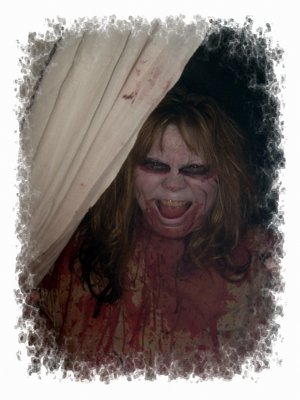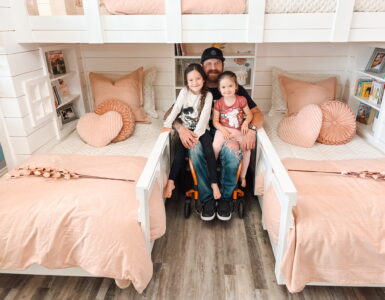Argosy University’s Dr. Deborah Wheeler, is an expert in child psychology and shares her views about some basic guidelines for determining if the family activity is right for children. Here are a few suggestions.
• Consider recent events in your child’s life, such as the death of a loved one or pet. Children have a difficult time separating fantasy from reality and when they see decorative skeletons and headstones, they believe it is real. If there has been a recent death in a child’s life, this can be a difficult topic to encounter. Be aware what decorations you are using around the house and allow your child to ask questions. Be sympathetic. Never belittle or demean her very real fears. Follow your child’s lead and be prepared to change your plans as needed.
• Talk to your child about fears and ways to deal with them. It is important for your child to know that it is ok to be afraid, but they can talk to you about it. Find out what fears your child already has and let them know you are there to help. Talk with your children ahead of time about what to expect. Remind them of times they have been afraid in the past and how they have learned to master those fears. Find some children’s books with the theme of children facing their fears to help them learn coping strategies and to start conversations about their own fears.
• Ditch the haunted house or scary movie for a fun community event. Many communities have started holding fun family events for little Halloween lovers. They will have games, puzzles, costume contests and great food. If your community doesn’t offer something like this, don’t fear, these parties are easy to put together with a neighborhood or family group. Make alternative arrangements for older kids who have more advanced coping mechanisms in place or have Type T (Thrill Seeking) personalities.
• Research movies before allowing children to see them. Although a movie may have a PG-13 rating, some content may be inappropriate for your teen. It is important to understand each child’s threshold for frightening material and that should be the guide.
• Offer small children a way to deal with their fears. You can tell them “This flashlight is an anti-monster flashlight and will keep the monsters away, or, “I sprayed monster spray to be sure none come tonight.” Use your creativity and follow your child’s lead.
* Explain how this night is different and fun. Tell your young child how people have fun dressing up in costumes. And on this night, just this night, we get treats at other people’s houses. Let the child see you put on a Halloween costume to see that it is only a person in a costume. This may communicate to the child that all of the “scary” stuff is just meant to be fun. Costumes and Halloween themes can include the entire family as part of the fun. Practice what will happen when the kids ring the doorbell and yell “Trick or Treat!”
__________________________________________________________________________
To learn more about Argosy University, check out their website at www.argosy.edu/saltlakecity















Add comment